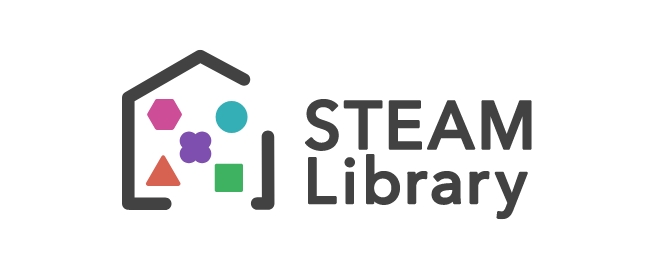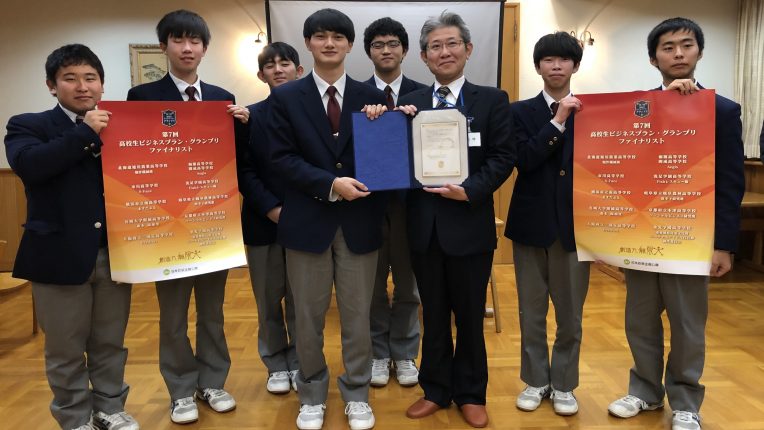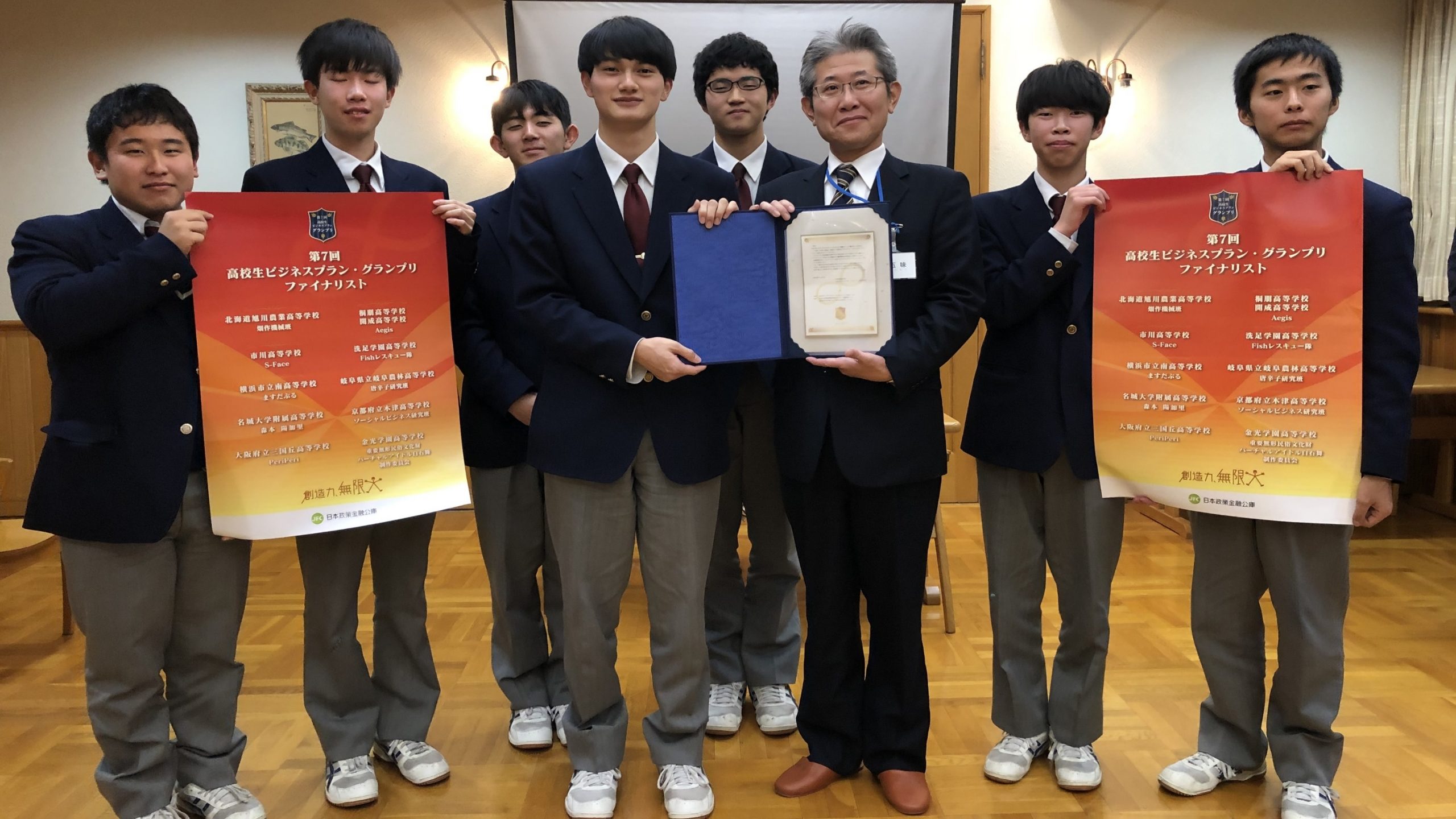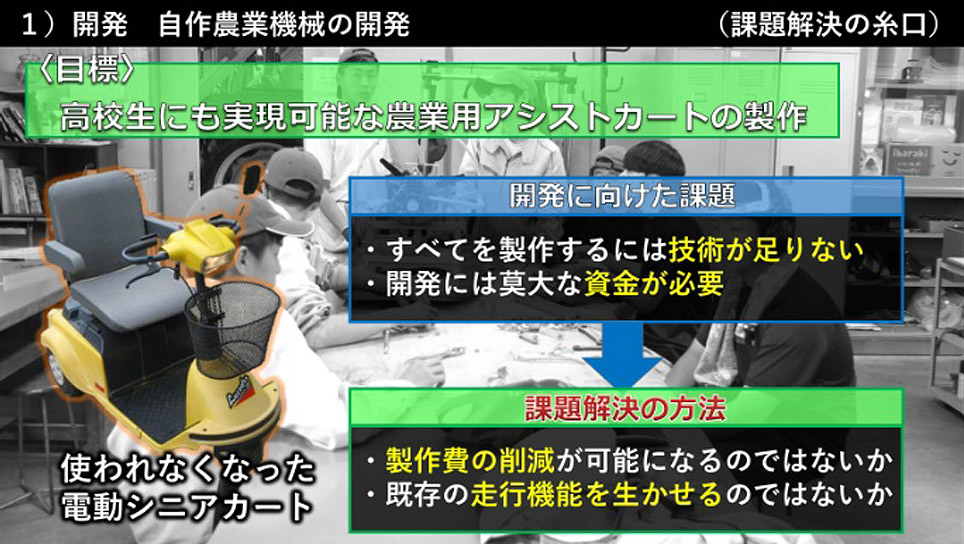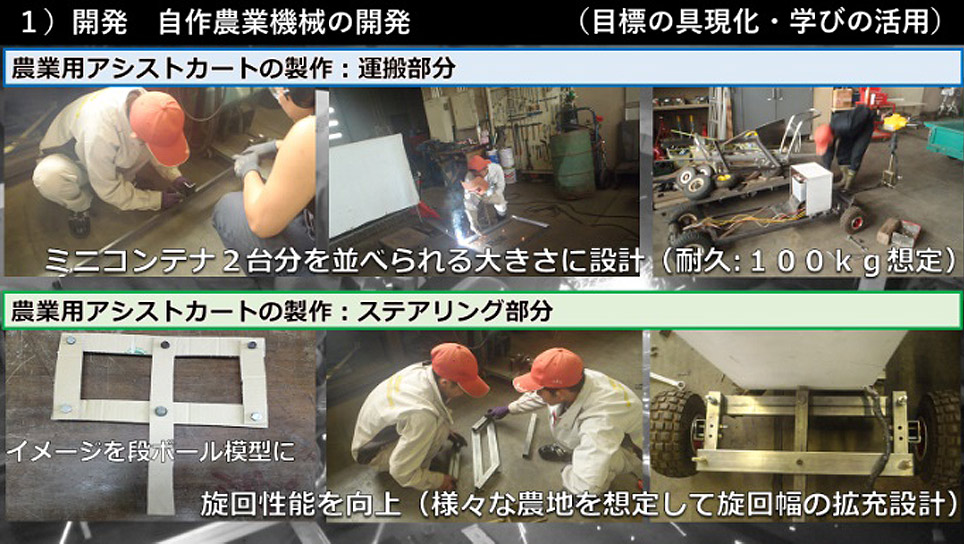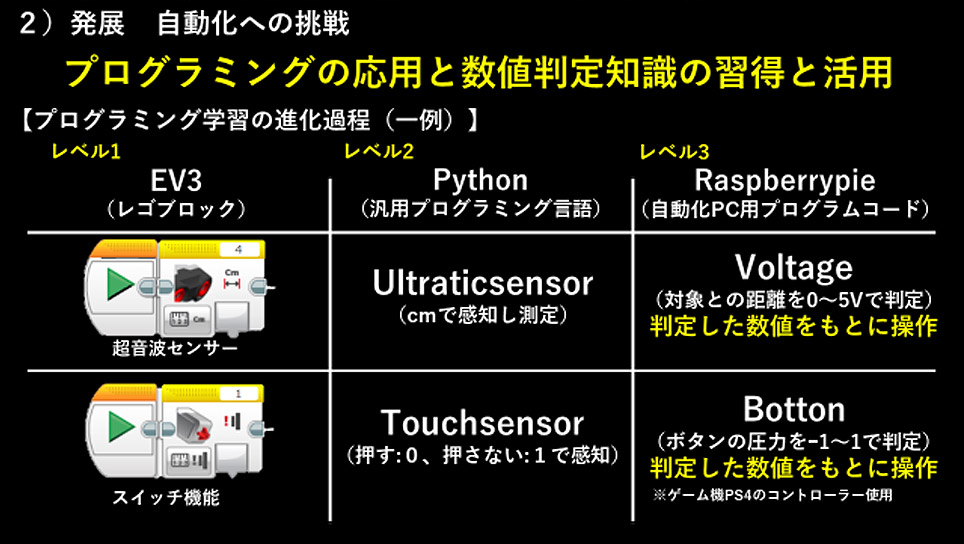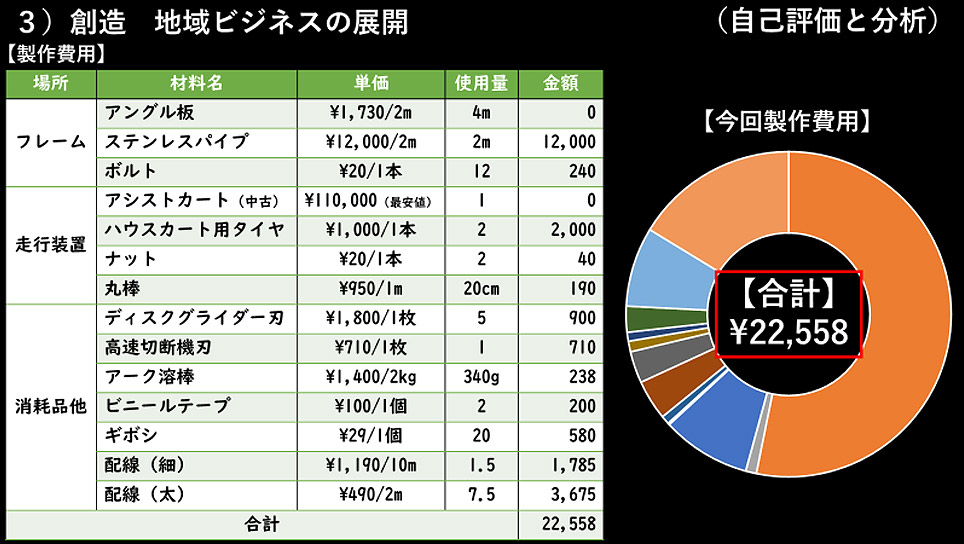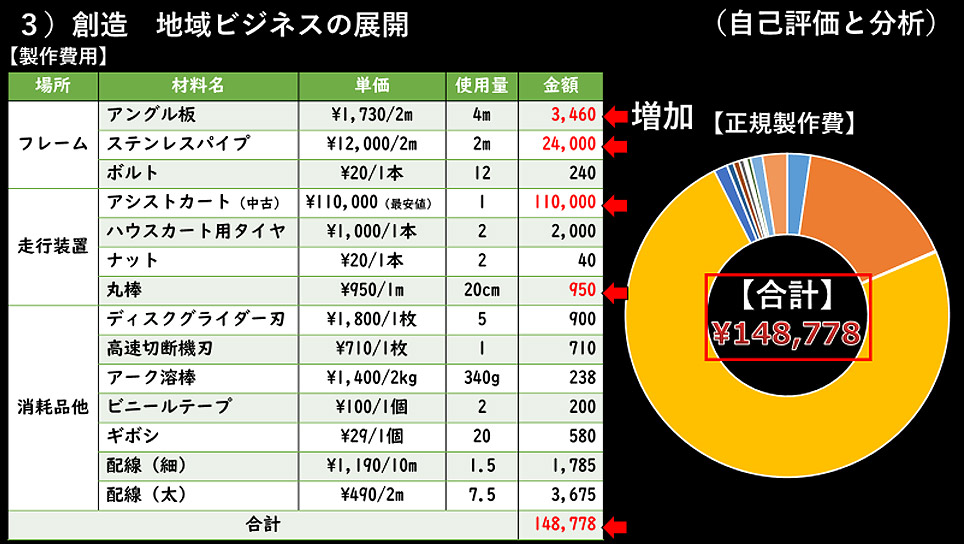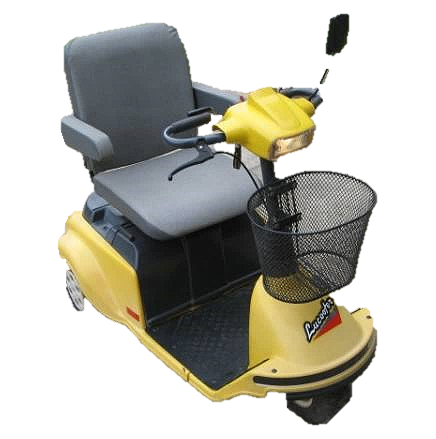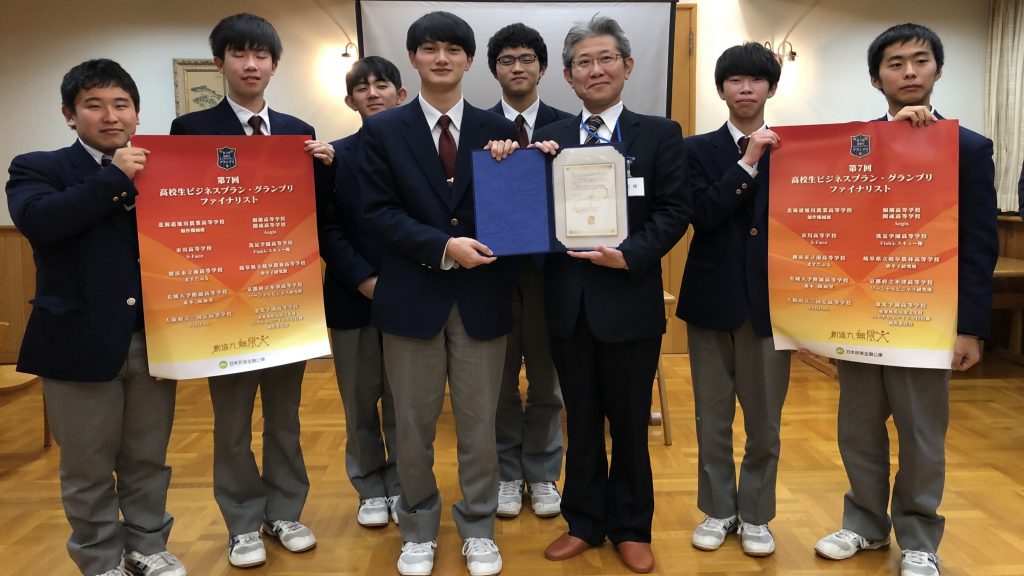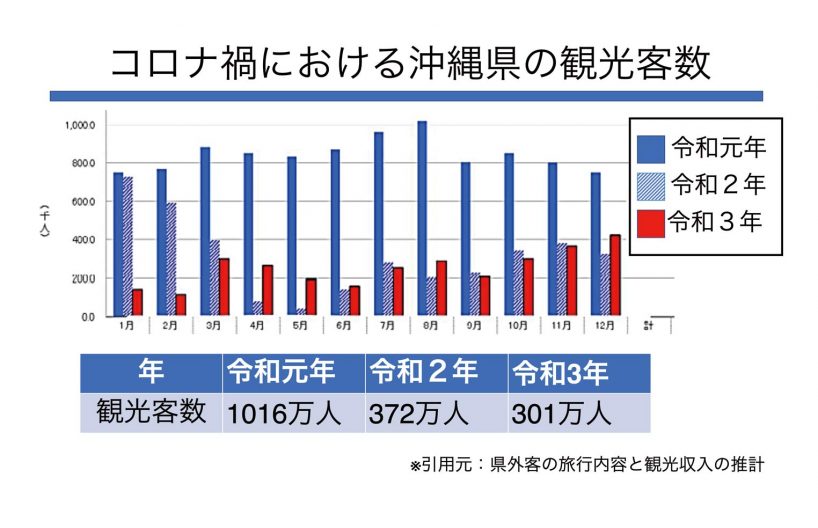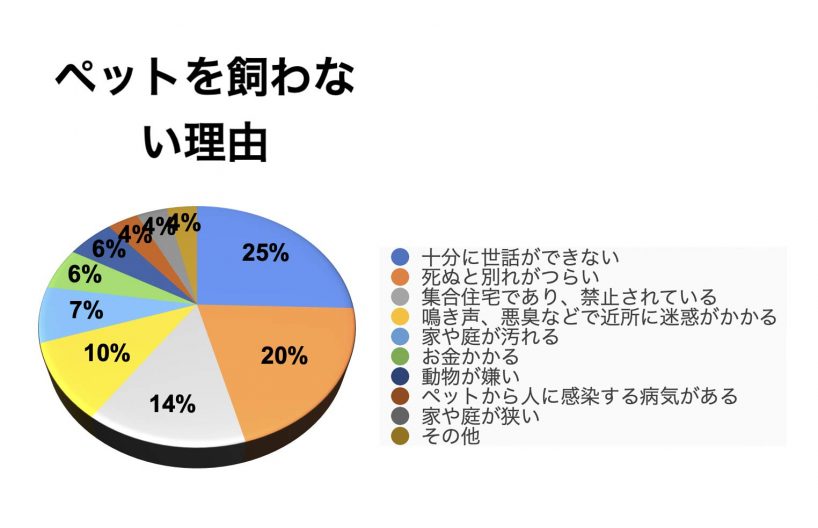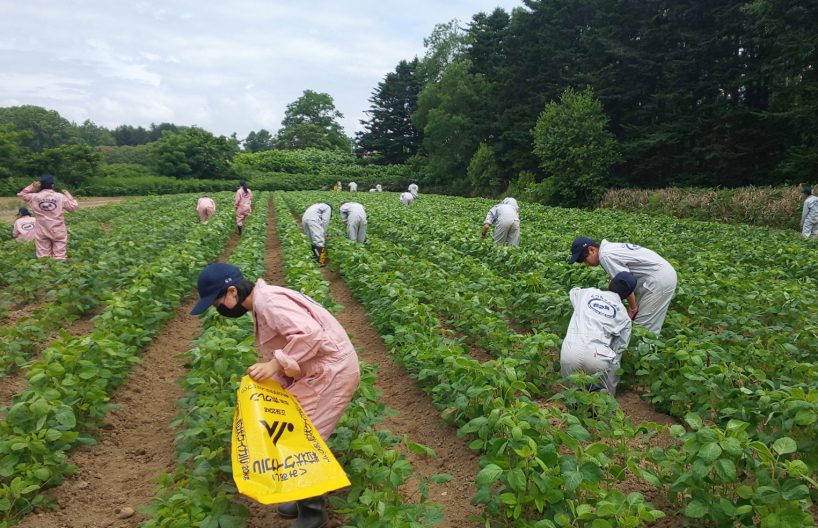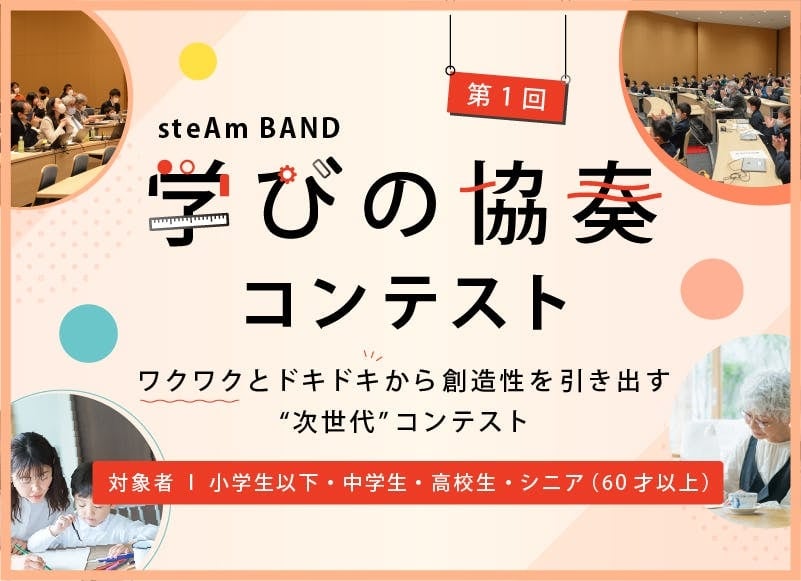Asahikawa Agricultural High School, where we study, is located in the Kamikawa region of Hokkaido, a major rice producing area. The area also produces soybeans and potatoes, and we study their cultivation in the subject “Crops”.
When selecting a research theme, we conducted a questionnaire survey of local farmers and found that 80% of the farmers were concerned about the increased workload due to the increased cultivation area and the difficulty of introducing new technology and machinery due to the rising unit price of equipment.
Therefore, we had previously manufactured and introduced to local rice paddy farmers the RC boat herbicide sprayer, which can reduce the workload of weeding rice paddies. We have been able to have them use our products not only locally but also throughout Japan.
On the other hand, the RC boats have a short usage period and can only be used for a limited number of crops.
In light of these issues, the participants learned about the automation of agricultural machinery using LEGO bricks, and the lecturer, Mr. Yoshihara, suggested, “Automation may be possible if the machine is a field-run type. Mr. Yoshihara, the lecturer, suggested that “if it is a machine that runs in the field, it could be automated. We decided to set our goal as “Thinking about the future of regional agriculture with agricultural assist carts” because we thought that if we could develop an assist cart that would be useful to producers as a low-cost transportation aid, it could be used for a variety of crops on a sustainable basis.
We set the following plan to achieve our goal.
1) Development: Development of home-grown agricultural machinery
Clue to solving the problem
![Assistive carts for agriculture for the future of local agriculture]()
The team examined feasible production methods for the development of an assist cart for agriculture. The team members commented, "We don't have enough technology to manufacture everything. The team members had many harsh opinions, such as, "The technology is not enough to manufacture everything," and "It would be very expensive to develop. The team members had many harsh opinions, saying, "We don't have enough technology to produce all of them. When we consulted with our mentor, Mr. Yoshihara, he advised us, "It would be difficult to develop everything, but we can use existing machines for applications. I reexamined the situation based on his advice and found that the existing machines could be applied to the project. Based on his advice, we reexamined the idea and found that there was a cart for the elderly that was no longer in use at one of the team members' house. We set a goal to utilize this machine, thinking that it would not only reduce the cost of production, but also enable us to develop a machine that makes the most of its driving function.
Realization of Goals and Utilization of Learning
In the production process, we tried to reduce overall costs while utilizing scrap angles and flat boards. The frame of the cart was designed to be lightweight, using angles and large enough to hold two mini containers side by side. Semi-automatic welding techniques learned in the agricultural machinery industry were utilized in the fabrication of the frame. The steering wheel's swivel width was also widened for improved traveling convenience.
2) Development: The Challenge of Automation
Organizing Challenges
We aimed to automate the assist cart. First, we considered what functions to install, based on Mr. Yoshihara's suggestion, "Let's come up with functions that would be useful based on our daily experiences. We discussed what functions to install based on Mr. Yoshihara's suggestion, "Let's come up with functions that would be useful based on our daily experiences. As a result, we agreed that a remote control would be convenient since both hands are occupied during work and the operator is often in a remote location, so we wanted a function that could be easily operated. In addition, we decided to install an automatic tracking function based on the opinion that it is inconvenient and inefficient to move the cargo bed repeatedly during work.
The Challenge of Automation
![Assistive carts for agriculture for the future of local agriculture]()
To realize the decided function, we created a program model using LEGO bricks and implemented a function to track the cart at a certain distance from obstacles using an ultrasonic sensor. Then, using the switch function, we imagined remote-controlled operation. To realize this model, we attached an ultrasonic sensor to the cart, synchronized the power supply with a small PC, and created a system of operation commands. We also learned how to convert the program to source code from the LEGO program we had learned so far. While checking the detection range of the ultrasonic sensor, the students decided on a stopping distance of 50 cm, created a running program, wrote the program on the Raspberry Pi PC, and tested whether it could run safely, and made improvements toward practical use. Mr. Yoshihara, the lecturer, praised the results, saying, "This is a wonderful function from the farmer's point of view. We decided to continue our collaboration for further development.
3) Creation Regional Business Development
Self-evaluation and analysis
![Assistive carts for agriculture for the future of local agriculture]()
We decided to verify the feasibility of the developed assist cart in the real world and its reproducibility as a business. First, we conducted a demonstration test at a team member's farm to obtain opinions on whether there were any problems with workability and durability. The team members said, "In terms of work, the assist carts are convenient and easy to carry even heavy loads." We received a positive evaluation from the farmers. We then calculated the cost to confirm the reproducibility. The production cost of the prototype was as follows. The prototype was inexpensive at 20,000 yen by using used products and scraps of wood. However, it was found that further improvements in parts and production methods were needed to make the prototype commercially viable, which would cost about 150,000 yen. After overcoming various difficulties, we were able to complete a prototype of an agricultural assist cart developed by high school students. This is the agricultural assist cart we produced. The body has been lowered so that even elderly farmers can easily carry loads, and even 100 kg loads can be easily transported with the assistance of the motor. The swivel section has also been designed to accommodate a variety of situations.
Revitalization of local agriculture and reduction of workload through low-cost smart agriculture
![Assistive carts for agriculture for the future of local agriculture]()
We put together a plan to propose our activities as a smart agriculture business not only for Hokkaido, but also for Japan's mountainous regions and elderly farmers who have difficulties in large-scale farming. As a result, we were selected as one of the best 10 out of 3,800 entries from all over Japan, and we were able to present our activities at the University of Tokyo. The judges commented, "This is a highly feasible plan that ties in with the classes at the agricultural high school. The plan is highly feasible and can be linked to classes at agricultural high schools," and "The idea is excellent, as it shows a good grasp of the situation surrounding agriculture. The plan was highly praised by the judges. The plan also attracted the attention and appreciation of a variety of people, which led to promotional activities. Mr. Nomura, who has conducted farm tests so far, gave us a severe evaluation, saying, "The design and durability are still in their infancy. However, we would like to continue our activities to improve the system and have many farmers adopt it to revitalize local agriculture and reduce workload through low-cost smart agriculture.
For a Developing Agricultural Future
We are the successors who will support local agriculture in the future. We ourselves will continue to learn the correct knowledge and methods of use, and continue to work for the future of developing agriculture.

